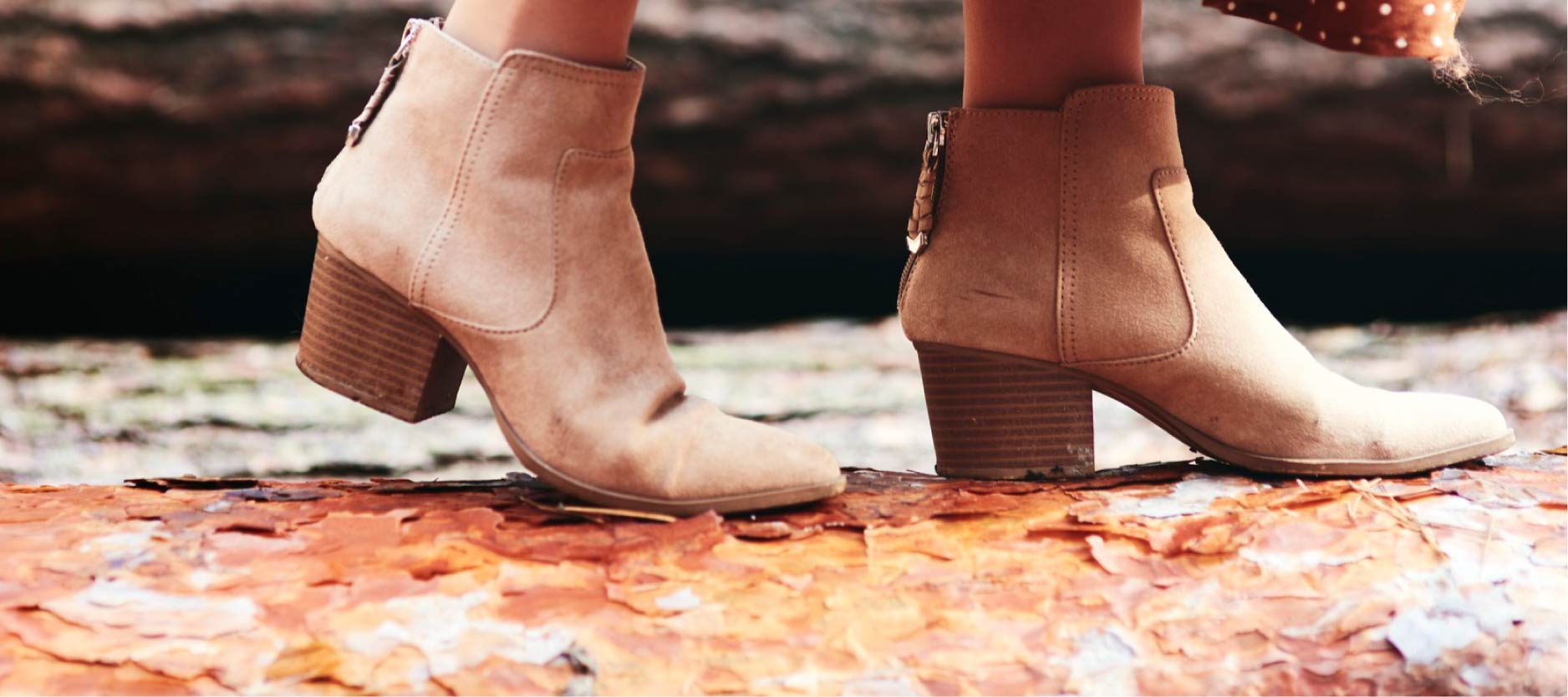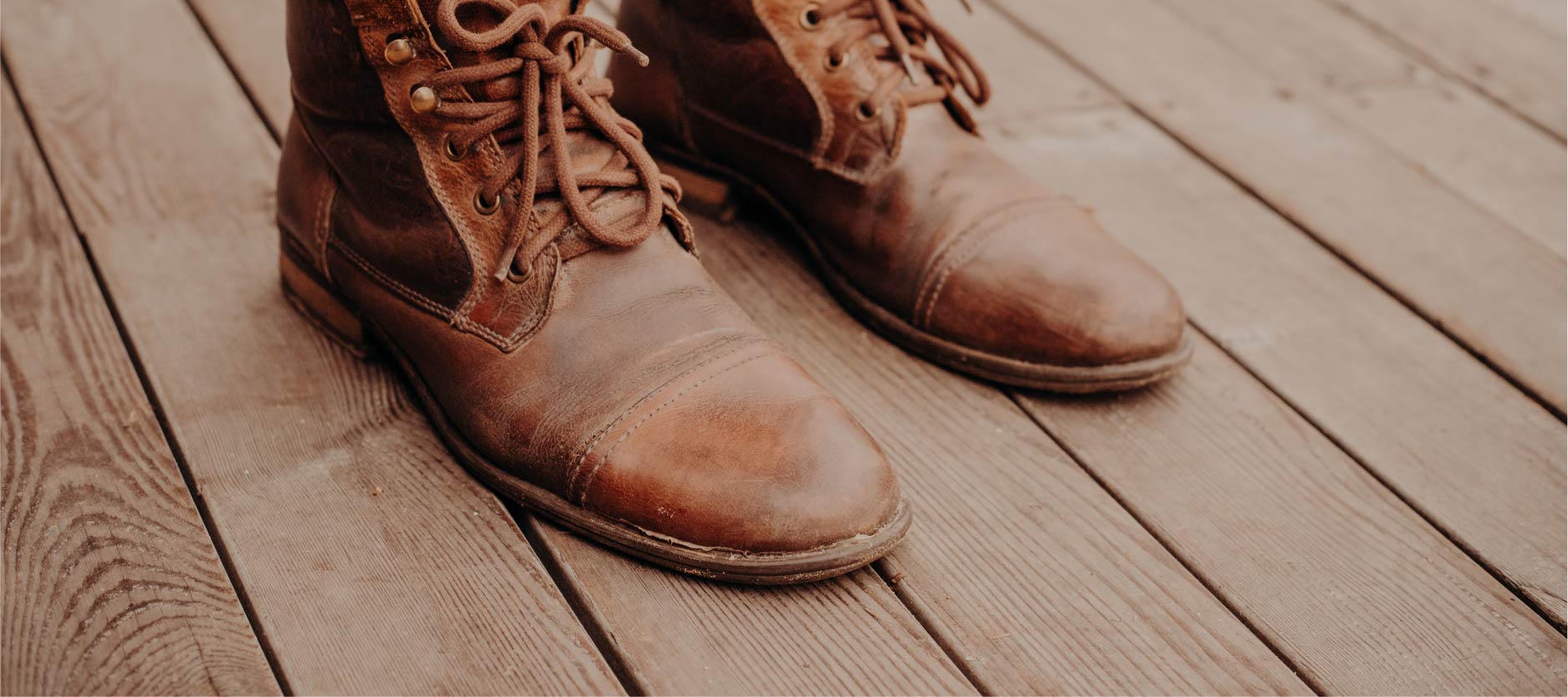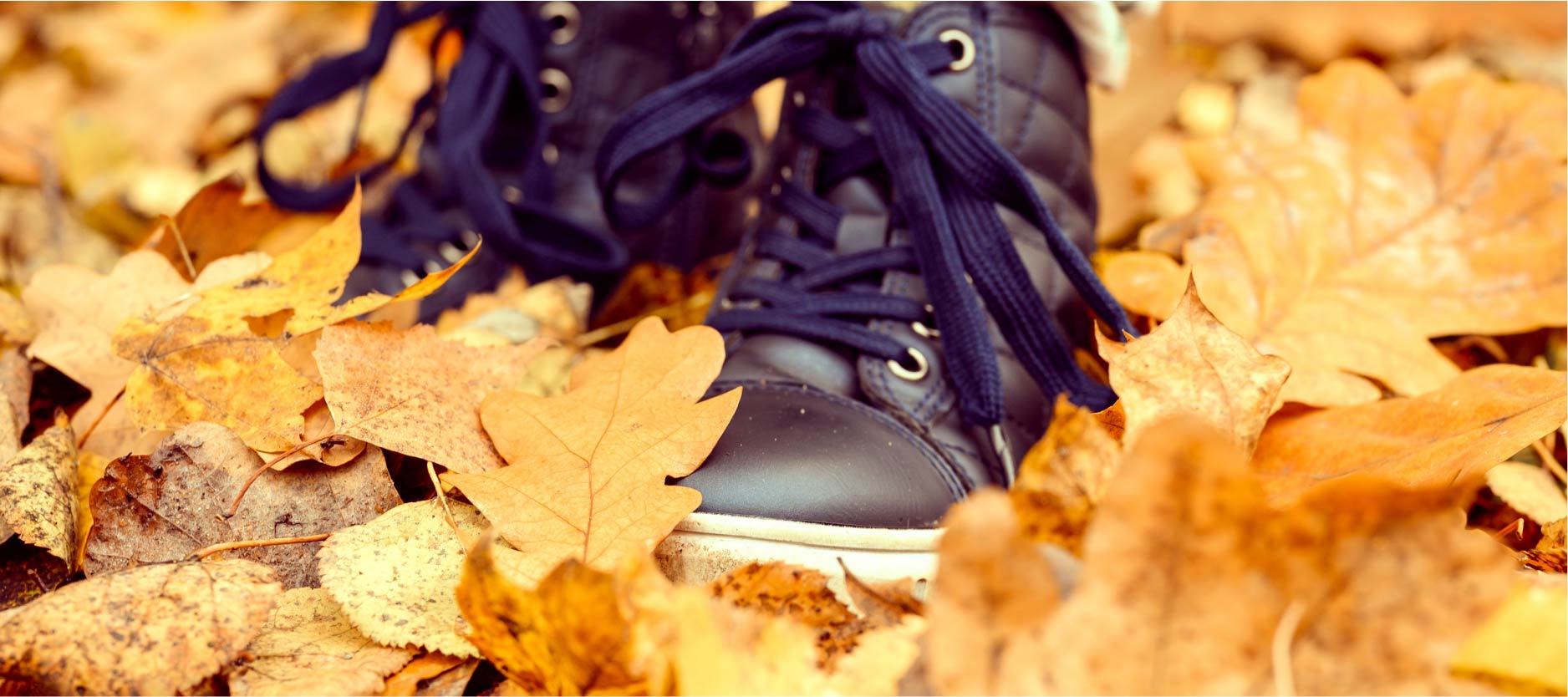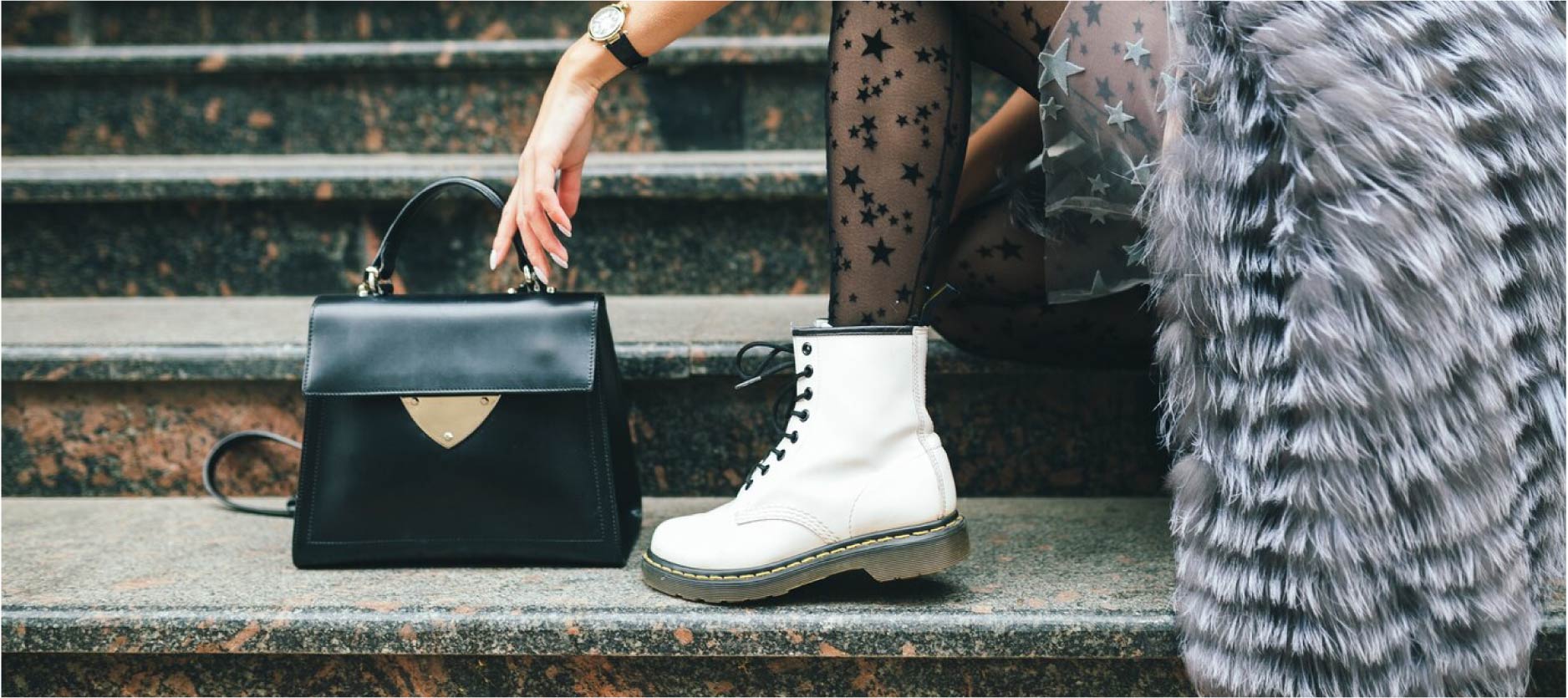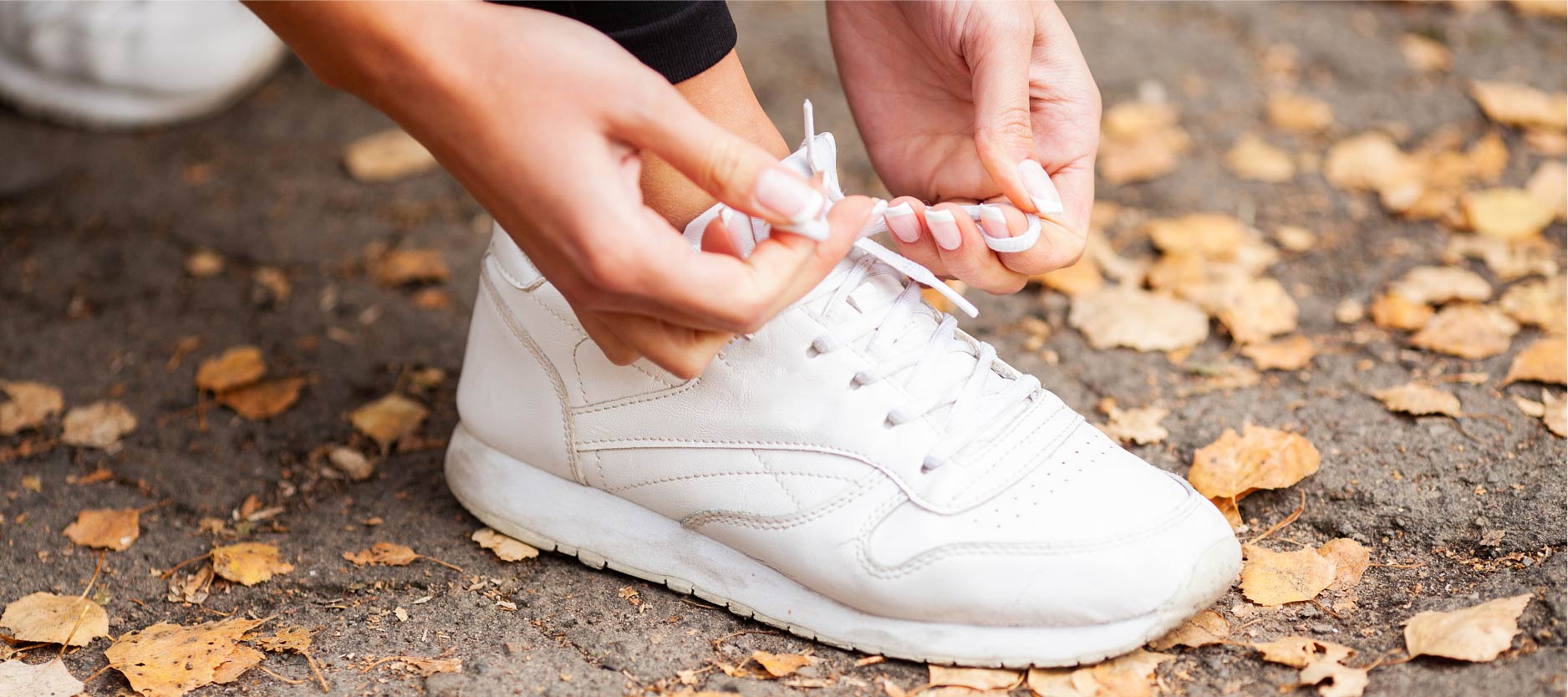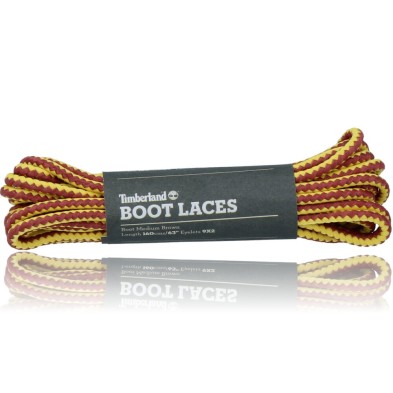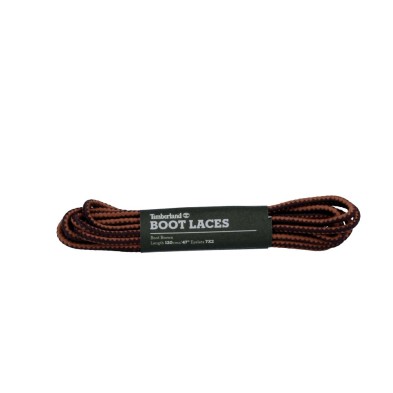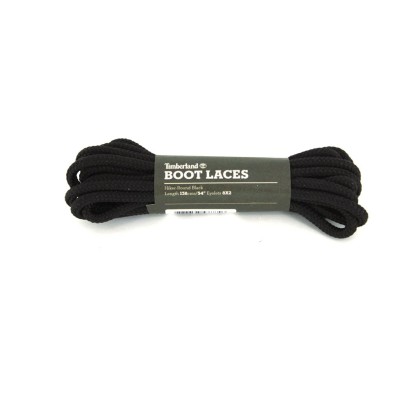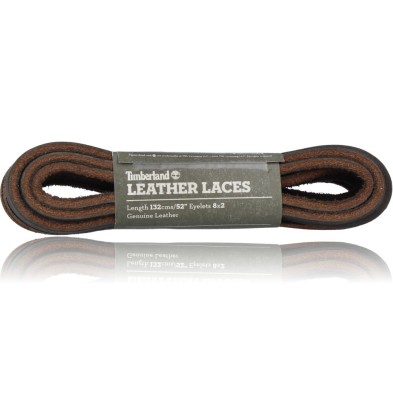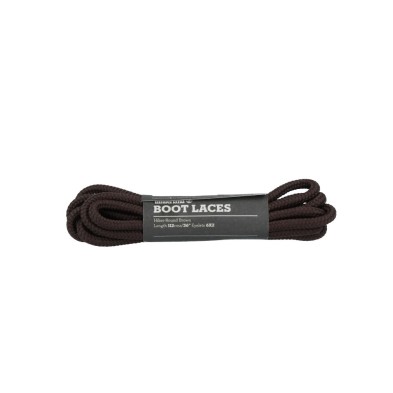 Cookie preferences
Cookie preferences
- Info
- Cookies necesarias
- Cookies funcionales
- Cookies de rendimiento
- Cookies dirigidas
- How to delete cookies
This website uses cookies and/or similar technologies that store and retrieve information when you browse. In general, these technologies can serve very different purposes, such as, for example, recognizing you as a user, obtaining information about your browsing habits, or personalizing the way in which the content is displayed. The specific uses we make of these technologies are described below.
Cookies necesarias
Always active
Estas cookies son extrictamente necesarias para el funcionamiento de la página, las puede desactivar cambiando la configuración de su navegador pero no podrá usar la página con normalidad.
Cookies used
Cookies funcionales
Estas cookies proveen información necesarias a aplicaciones de la propia web o integradas de terceros, si las inhabilita puede que encuentre algunos problemas de funcionarmiento en la página.
Cookies used
Cookies de rendimiento
Estas cookies se usan para analizar el trafico y comportamiento de los clientes en la página, nos ayudan a entender y conocer como se interactua con la web con el objetivo de mejorar el funcionamiento.
Cookies used
Cookies dirigidas
Estas cookies pueden ser del propio sitio o de terceros, nos ayudan a crear un perfil de sus intereses y ofrecerle una publicidad dirigida a sus gustos e intereses.
Cookies used
You can allow, block or delete cookies installed on your computer by configuring the options of the browser installed on your computer:
- Firefox from here: http://support.mozilla.org/es/kb/cookies-informacion-que-los-sitios-web-guardan-en-
- Chrome from here: http://support.google.com/chrome/bin/answer.py?hl=es&answer=95647
- Explorer from here: https://support.microsoft.com/es-es/help/17442/windows-internet-explorer-delete-manage-cookies#ie=ie-11
- Safari from here: http://support.apple.com/kb/PH5042?viewlocale*es_ES
- Operate from here: https://www.opera.com/es/privacy/cookies
- IOS: Settings – Select Safari – Block Cookies.
- Android: Start the browser application – Click on the menu button – Select the option Settings - Privacy and security – Check or uncheck Accept Cookies.
- Google Analytics Opt-out Browser Add-on: https://tools.google.com/dlpage/gaoptout
If you have any questions about this cookie policy, you can contact Calzadosvesga.com at info@calzadosvesga.com
